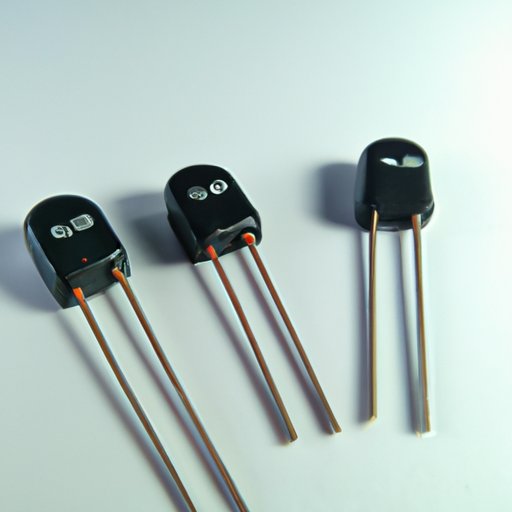Introduction
A metal-oxide-semiconductor field-effect transistor (MOSFET) is a type of transistor used in many electronic devices. It is commonly used as a switch or amplifier in circuits, and it is one of the most widely used components in modern electronics. The purpose of this article is to provide a comprehensive overview of how a MOSFET works and how to use it in an electrical circuit.
What is a MOSFET?
A MOSFET is a type of transistor that uses semiconductor material as its switching element. It consists of three terminals: the source, drain, and gate. When voltage is applied to the gate, the current between the source and drain can be controlled. This makes it an ideal component for controlling large amounts of power in circuits.
The Basics of How a MOSFET Works
At its most basic, a MOSFET works by using an electric field to control the flow of current between the source and drain. When no voltage is applied to the gate, the MOSFET is in an “off” state and no current flows. When a positive voltage is applied to the gate, the MOSFET turns “on” and current flows between the source and drain.
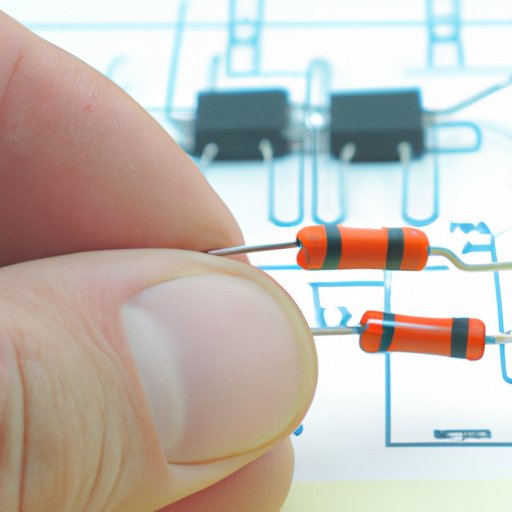
Examining How a MOSFET is Used in Circuits
MOSFETs are used in a variety of circuits, including power supplies, motor controllers, and audio amplifiers. By understanding the basics of how a MOSFET works, it is possible to use them effectively in any circuit. In order to do this, it is important to understand the different types of circuits a MOSFET can be used in and the different modes of operation.
Overview of the Types of Circuits a MOSFET Can Be Used In
MOSFETs can be used in a variety of circuits, such as DC-to-DC converters, motor controllers, and audio amplifiers. They can also be used as switches in digital logic circuits, as well as analog circuits. In addition, they are often used in power supplies to regulate the current flowing through the circuit.
Understanding the Different Modes of Operation
MOSFETs can operate in either linear or switching mode. In linear mode, the MOSFET acts like a variable resistor, with the gate voltage controlling the amount of current flowing through the device. In switching mode, the MOSFET acts as a switch, with the gate voltage controlling whether the current is allowed to flow or not. Depending on the application, one or the other mode may be more suitable.
A Detailed Look at the Structure of a MOSFET
In order to understand how a MOSFET works, it is important to look at its structure in detail. A MOSFET consists of several components, including a substrate, gate oxide layer, gate electrode, source and drain regions, and body and contact regions. Each of these components has an important role in the functioning of the MOSFET.
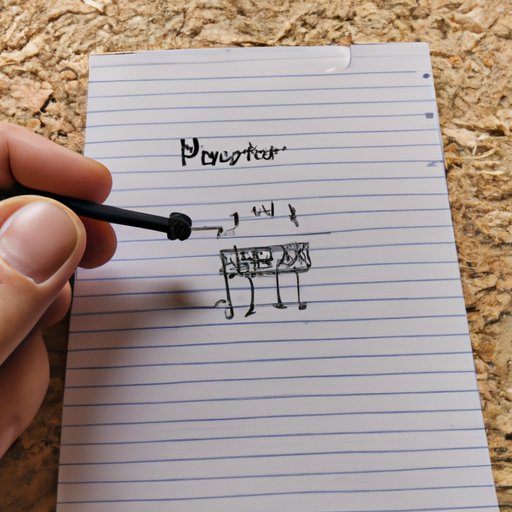
Explaining the Different Components of a MOSFET
The substrate is the base material on which the other components of the MOSFET are built. The gate oxide layer is a thin layer of insulating material, usually silicon dioxide, that separates the gate from the rest of the MOSFET. The gate electrode is the terminal through which the gate voltage is applied. The source and drain regions are two terminals through which current flows when the MOSFET is turned on. Finally, the body and contact regions are responsible for connecting the source and drain to the rest of the circuit.
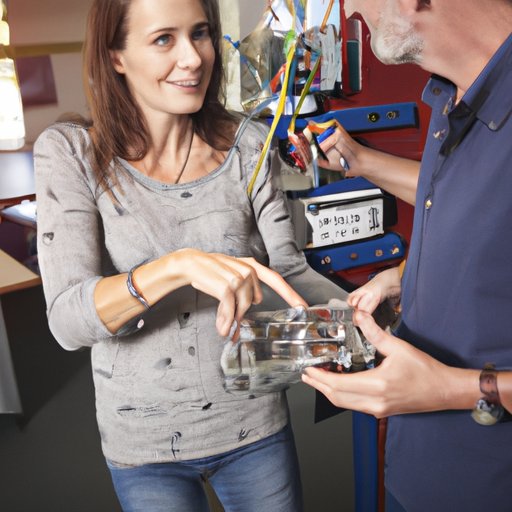
Describing How Each Component Functions
The substrate provides the foundation for the other components and also serves as an electrical connection between the source and drain. The gate oxide layer isolates the gate from the rest of the MOSFET, allowing it to control the current flowing between the source and drain. The gate electrode applies the voltage that controls the current flow. The source and drain regions allow current to flow when the MOSFET is turned on, while the body and contact regions connect the source and drain to the rest of the circuit.
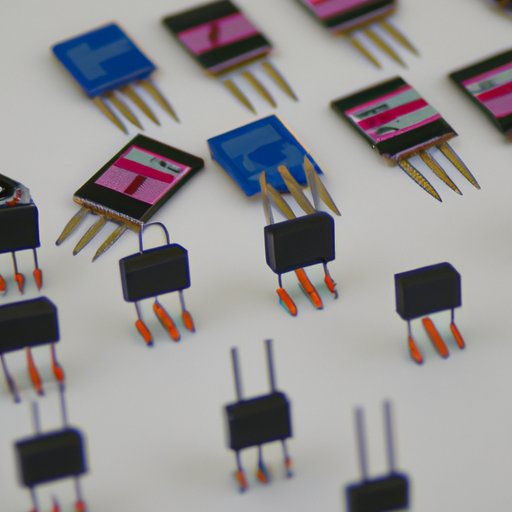
Comparing Different Types of MOSFETs
There are two main types of MOSFETs: N-channel and P-channel. N-channel MOSFETs have an n-type semiconductor material as their switching element, while P-channel MOSFETs have a p-type semiconductor material. Both types of MOSFETs can be used in the same types of circuits, but they have different characteristics and applications.
N-Channel vs. P-Channel MOSFETs
N-channel MOSFETs are typically used in high-power applications, such as motor controllers and power supplies, because they can handle higher currents than P-channel MOSFETs. P-channel MOSFETs are typically used in low-power applications, such as analog circuits and digital logic circuits, because they can handle lower currents. Both types of MOSFETs have their own advantages and disadvantages, so it is important to choose the right type for the application.
Different Types of Packages
MOSFETs come in a variety of packages, each with its own advantages and disadvantages. The most common types of packages are the TO-220, SO-8, and DPAK. The TO-220 package is the most popular and is used in many high-power applications. The SO-8 package is smaller and is typically used in low-power applications. The DPAK package is the smallest and is often used in space-constrained applications.
Demonstrating How to Use a MOSFET in an Electrical Circuit
Once you understand the basics of how a MOSFET works, it is time to learn how to use one in an electrical circuit. The first step is to set up the circuit, which involves connecting the MOSFET, power supply, and load. Once the circuit is set up, it is important to understand the voltage, current, and resistance of the system in order to ensure that the MOSFET is operating correctly.
Setting Up the Circuit
When setting up a circuit with a MOSFET, it is important to make sure all of the connections are correct. The source should be connected to the negative side of the power supply, the drain should be connected to the positive side, and the gate should be connected to the control signal. It is also important to make sure the voltage rating of the MOSFET is appropriate for the power supply voltage.
Understanding the Voltage, Current and Resistance of the System
Once the circuit is set up, it is important to understand the voltage, current, and resistance of the system. The voltage across the MOSFET will determine the amount of current flowing through it, and the resistance of the load will affect the amount of power being dissipated. Understanding these parameters is essential for ensuring that the MOSFET is operating correctly.
Troubleshooting Common Problems
When using a MOSFET in a circuit, it is important to be aware of some of the common problems that can occur. If the current is too high, the MOSFET could overheat and fail. If the voltage is too low, the MOSFET may not turn on. It is also important to check for shorts between the source and drain, and to make sure the gate voltage is within the specified range.
Conclusion
In conclusion, a MOSFET is a versatile component that can be used in a variety of circuits. By understanding the basics of how a MOSFET works, it is possible to use them effectively in any circuit. It is also important to understand the different types of MOSFETs and how to set up a circuit with a MOSFET in order to ensure that the device is operating correctly. With this knowledge, it is possible to use a MOSFET in any circuit with confidence.
(Note: Is this article not meeting your expectations? Do you have knowledge or insights to share? Unlock new opportunities and expand your reach by joining our authors team. Click Registration to join us and share your expertise with our readers.)
